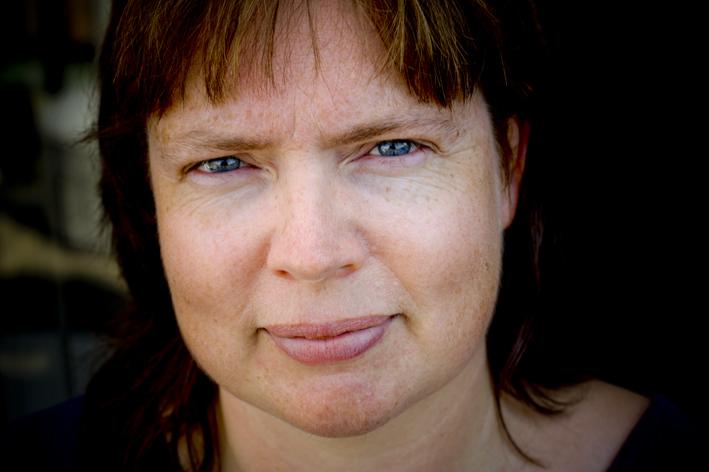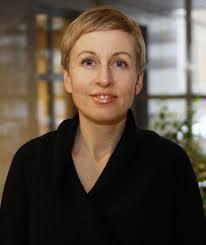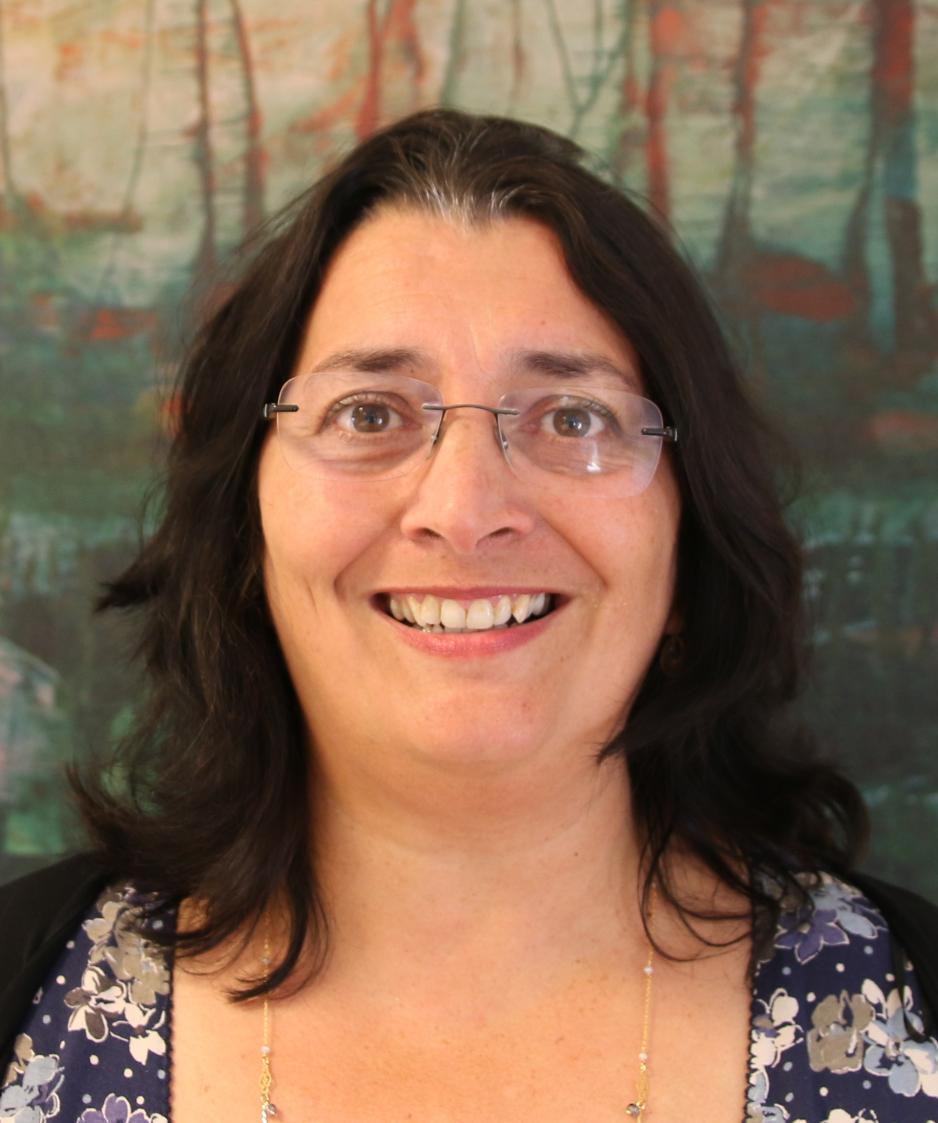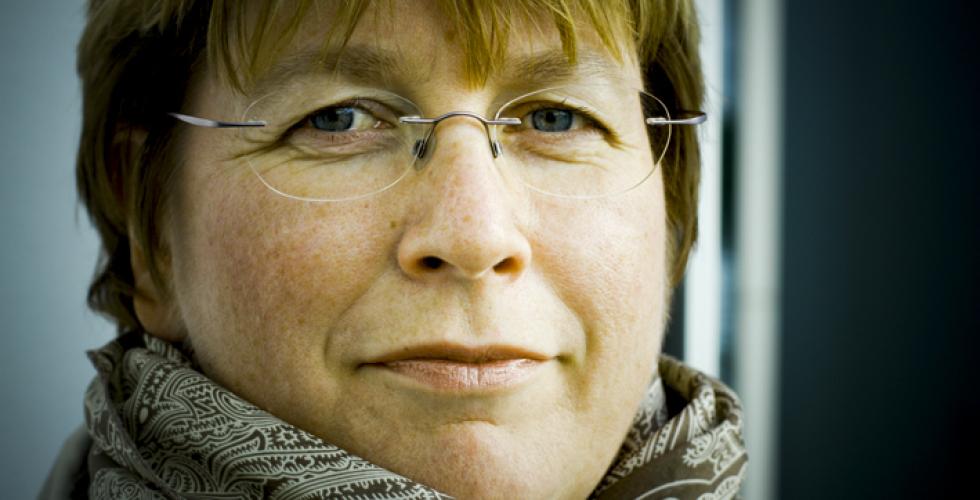New statistics: “More research needed on barriers for immigrants”
The vast majority of ethnic minorities in Norwegian academia are mobile researchers who have moved here to work in an academic position.

“The largest percentage of immigrants in Norwegian academia are what we call ‘international mobile researchers’,” says Hebe Gunnes, a senior advisor at the Nordic Institute for Studies in Innovation, Research and Education (NIFU).
Gunnes is referring to the updated diversity statistics report, an expanded version of the original report “Diversity Statistics” that was published in December of last year.
Read also: Diversity statistics raise new questions
In the new statistics, NIFU and Statistics Norway distinguish between immigrants who come to Norway to work as scientific employees, and immigrants or children of immigrants who have received their basic education in Norway. This is operationalized by looking at whether the researchers have completed their higher education in Norway or abroad.
The new categorization shows that “academic imports” comprise 22 percent of the research personnel, while immigrants and children of immigrants with an education from Norway comprise only four percent. These figures are from 2014.
The new statistics also show that the percentage of women at the full professor level is higher in the group of international mobile researchers than in the group of immigrants with a Norwegian education – and higher than among the general population. This indicates that Norway is getting its female professor-level expertise from abroad.
First step towards more knowledge
When the first statistical overview of diversity in Norwegian research was published last December, one of the main findings showed that immigrants and children of immigrants comprised one-fourth of the research personnel in Norway in 2014. This is both higher than in the population as a whole, among employees with a higher education and among the student body in Norway.
Another important finding was that the percentage of ethnic minorities had increased in all sectors from 2007 to 2014: In 2007, the share was 17 percent, while in 2014 it was 25 percent. A similar increase was seen in the university and university college sector, the research institute sector and the health trusts. The statistics also showed that the number of ethnic minorities has risen in all position categories and subject fields within Norwegian research.
Now that the distinction between the two different groups of immigrants are documented, it is evident that the majority of research personnel are international mobile researchers, also known as academic imports. As many have previously noted, the task of mapping diversity is demanding – it is complex and consists of many different groups that must be taken into consideration in various ways. However, distinguishing between these two groups is an important step on the path towards more in-depth knowledge in the field.
Read also: “Diversity efforts must be customized”
“Still lacking qualitative research”
Cathrine Egeland, a senior researcher at the Work Research Institute, Oslo and Akershus University College, thinks it is positive that a distinction has been made between the various immigrant groups in the research and higher education sector.

“By doing this, we clarify who we are talking about when we say ‘immigrants in academia’. The size of the two groups in the research and higher education sector are about what we expected,” she says, and then continues:
“But we know very little about why the situation looks like it does – that is, why immigrants with their basic education from Norway comprise only four percent. We are lacking qualitative research that can tell us whether and how this entails barriers for immigrants and children of immigrants, and whether these barriers are found within or outside of academia, or both places.”
She refers to the report “It’s not an advantage to be a foreigner”, which was prepared by the Work Research Institute in cooperation with NIFU on commission from the KIF Committee. Egeland is one of the authors of the report, which also includes a list of some of the knowledge gaps and research needs in the field:
“Here we are seeking knowledge about ethnic minorities who apply for, but are not hired for, positions in Norwegian higher education. What barriers do they run into in the recruitment process? We also point out the need for intersectional analyses of the interplay between, for example, gender and immigrant background, in order to learn whether the barriers to a research career are the same for women with a minority background and those from the majority,” says Egeland.
“And then there is a need for research on similarities and differences, and the reasons for these, between various subject areas with regard to career paths for both women in general and men and women with an immigrant background. These are just a few of the points we mention in the report.”
According to Egeland, one of the things we actually know is that there are many young ethnic minorities who aspire to pursue a doctoral degree and become a researcher.
“And in the years to come we will get the chance to see whether or not they actually realize their research careers, and why.”
“The Diversity Report identified knowledge gaps”
Egeland thinks that the report could have been used more by the KIF Committee after it was published in 2016:

“I’m a little surprised that the report has not been used more actively than it has, especially because it identifies both knowledge gaps and research needs in the field,” says Egeland.
Ella Ghosh of the KIF Committee’s secretariat values Egeland’s input, but she does not agree that the committee has failed to make active use of the report.
“It’s always interesting to hear how something is perceived from within and outside an organization. The report by the Work Research Institute has played an important role in KIF’s diversity efforts and it has had major ripple effects,” says Ghosh.
“It gave us a knowledge base for forming a working group, which in turn has prepared and presented recommendations for measures. In addition, the report has raised awareness within the KIF Committee for the need for inclusion as well as diversity leadership, which is apparent when we are visiting institutions and conducting seminars,” continues Ghosh.
She also explains that the committee will organize a seminar on diversity leadership later in 2017.
“In addition, we can mention that the report has been translated into English and shared with European colleagues at conferences and in social media, and we discuss the report at our Nordic and European meetings. Regarding the report’s list of knowledge gaps and research needs, the KIF Committee has contacted the Research Council and asked the Council to set aside funding for research in the field,” says Ghosh, who agrees completely with Egeland in that there are many areas in need of more research.
“We lack knowledge about where on the career ladder immigrants run into barriers and should therefore receive better follow-up,” she says.
“It’s also necessary to study how the various subject areas recruit people with an immigrant background over time. This issue can be tied to social mobility among immigrants in Norway – and among their children,” she says.
Read: Immigrants want to be included, but aren’t
More young ethnic minorities pursue a higher education
Ghosh also points out that a sign of the educational system’s success is that young ethnic minorities choose to get a higher education:
“And this group will grow,” she says.
“The new statistics show us now that immigrants and children of immigrants with an education from Norway comprise only four percent of the researchers employed in the sector. As far as I know, people born to immigrant parents in Norway comprise less than one percent. Good time series data can show us whether this group has good career development over time. We also need to go a step further in the analysis; we must discuss whether people who face discrimination in society at large are less represented in senior-level positions in academia – for example, men and women with dark skin, Muslims, Sámi or national minorities. To put it briefly – we must see who we usually do not see in senior-level positions.”
According to Ghosh, more knowledge is also needed about the consequences of greater inclusion of ethnic minorities for minority perspectives in research, the interplay between gender and ethnicity in academic career paths, and about the most effective measures for increasing diversity.
“Several interesting studies have been carried out in the U.S. about which measures actually work and which do not result in greater gender equality and diversity in various workplaces. We need similar comparative studies in Nordic academia,” she says, and refers to the article Why Diversity Programs Fail from the Harvard Business Review.
“A waste of talent”
The diversity statistics were compiled on commission from the Ministry of Education and Research on the basis of input from the KIF Committee. State Secretary Bjørn Haugstad also emphasizes the importance of acquiring a sound knowledge base for diversity in academia, especially on how impediments and barriers for this group are manifested:

“The critical question we must ask ourselves is this: Do employees at our institutions reflect the diversity of the population? These statistics show that the answer is no.”
“International mobile researchers, especially from the West, are overrepresented in comparison to the rest of the population, while ‘normal’ immigrants and their children are underrepresented. It is a squandering of talent if we don’t manage to make provisions so that all groups can perform their best at the institutions,” the state secretary says.
Haugstad believes that the reasons behind immigrants and Norwegian-born ethnic minorities being underrepresented probably are numerous and complex:
“One reason could be pure discrimination, which we know happens. In addition, studies show that what does not happen is just as important: This implies not being seen, heard, supported, encouraged, taken into account, validated, included or invited to join. It’s important to investigate more thoroughly which mechanisms come into play,” says Haugstad.
Translated by Connie Stultz.
The figures in the new diversity statistics report come from NIFU’s research personnel register and doctoral degree register, as well as the previously published diversity statistics from NIFU and Statistics Norway (in Norwegian only): More diversity statistics. Statistics on immigrants and children of immigrants in Norwegian research and higher education. Revised edition.
The Diversity Report, “It’s not an advantage to be a foreigner – Career pathways and barriers for immigrants in Norwegian academia”, was prepared by the Work Research Institute and the Nordic Institute for Studies in Innovation, Research and Education (NIFU) in 2016 on commission from the KIF Committee.
The KIF Committee followed up the Diversity Report with a working group that made recommendations for measures in its report entitled Action for diversity: Recommended measures to promote academic staff diversity in research and higher education.





